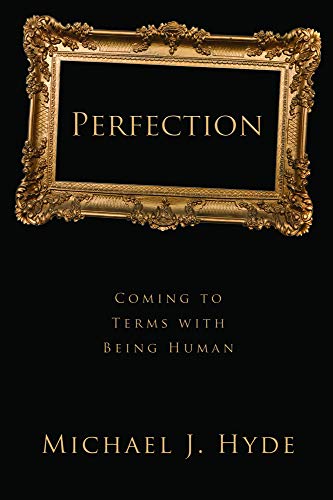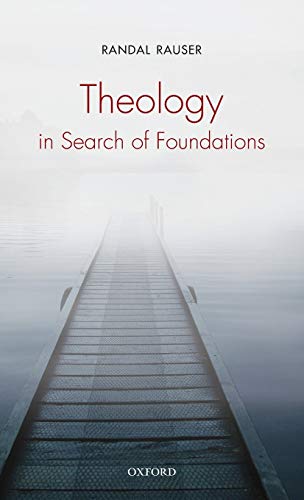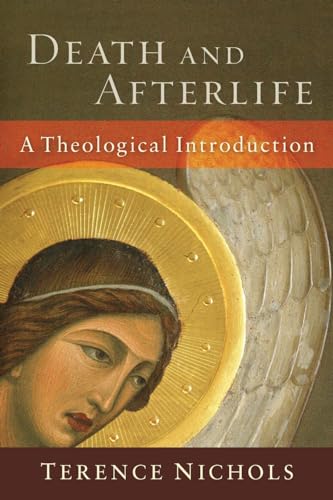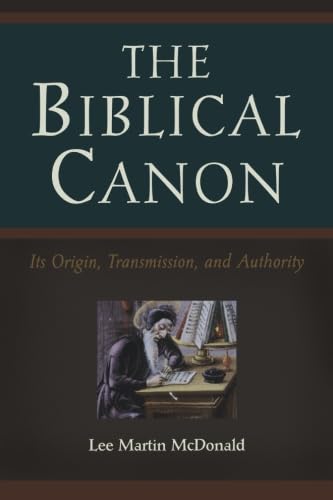The Collective Witness
Written by Ben Witherington III Reviewed By Guy Prentiss WatersThis work is the second and final installment in Ben Witherington III’s two-volume NT theology and ethics. The first volume, which I have reviewed in this issue, provides expositional surveys of the writings of each NT author. The second volume attempts to synthesize the results of the first volume in such a way as to demonstrate that the NT evidences theological and ethical coherence and consistency.
After a brief synopsis of the contents of the first volume (pp. 9–12), Witherington addresses questions of prolegomena (pp. 13–32). He argues that what distinguishes the theology and ethics of the NT writers from that of other, contemporary Jewish writers is Christology: the “living Christ … has reconfigured their symbolic universe, their narrative thought world, and the very way they articulate theology and ethics” (p. 30).
In a brief statement of method (pp. 33–57), Witherington argues that he will not pursue the “inductive” approach to NT theology that “critically analyz[es] the individual witnesses and find[s] congruences and similarities” (p. 34). Neither will he follow the “deductive” approach to NT theology that “starts with one’s dogmatic or systematic theological categories and slots exegetical data into them piecemeal, in a proof-texting sort of way” (p. 34). Rather, Witherington begins with the “symbolic universe” of the NT writers, out of which “was formed their narrative thought world” (pp. 37–38).
The NT’s symbolic universe and narrative thought world are the subject of the next two chapters, respectively (pp. 59–99, 101–201). By “symbolic universe,” Witherington means “the fixed furniture in our mind from which we furnish our narrative thought world” (p. 59), furniture that is fundamentally conceptual (examples include God, sin, salvation, and Israel). By “narrative thought world,” Witherington means “narratalogical thinking about life and more specifically about religious life” (p. 102). The thought world shared by each of the NT writers was “monotheistic, messianic [and] eschatological” (p. 201).
Witherington next addresses NT theology along four topical lines: Christology (pp. 203–308), God the Father (pp. 309–45), the Holy Spirit (pp. 347–83), and salvation (pp. 385–420). He then turns to the ethical teaching of the NT. For Witherington, NT ethics is to be understood in terms of Christians’ “respon[se] to … Christ and his story as it has impacted them” (p. 424). More than that, ethics “is the necessary outworking of what God has worked in the community and its individual members,” and that according to the pattern set forth in the NT Scripture (pp. 423–24). After Witherington undertakes separate treatments of the ethical teachings of Jesus (pp. 443–93), the Jewish NT writers (pp. 495–600), Paul (pp. 601–95), and of Mark, Luke, and what is said to be the anonymous author of 2 Peter (pp. 697–748), he concludes the volume with a discussion of the relationships between OT theology and NT theology, and between NT theology and the subsequent theological reflection of the church (pp. 749–816).
Witherington has persuasively and exhaustively demonstrated that the twin convictions of Christology and eschatology both ground and lend coherence and consistency to the theology and ethics of the NT writers. For this reason alone, The Indelible Image is a welcome and I hope enduring contribution to the literature.
We may raise three points by way of interaction. First, this second volume does not bear out Witherington’s claim that “the image of God” best summarizes the theology and ethics of the NT. The “image of God” is an important strand of Pauline teaching, to be sure, but I am doubtful that it is up to the task that Witherington has assigned it.
Second, Witherington puts too much distance between NT theology and OT theology. Witherington questions whether we may speak of a “unified Old Testament thought world” and affirms that the OT “lacked a singular sort of experience like the Christ-event … that generated the faith of all the Israelites” (p. 751). Salvation, for the OT, is “almost exclusively, a this-worldly proposition” (p. 756). Witherington, furthermore, is unwilling to say that the OT has an exclusively normative influence on the NT writers (pp. 750–51). There is, for Witherington, a progressive but decidedly non-organic relationship between OT and NT revelation. The problem with putting matters this way is that the NT understands itself organically to bring the OT to its intended fulfillment.
Third, Witherington puts too much distance between NT theology and subsequent theological reflection. He is skeptical about importing what are said to be foreign dogmatic categories and questions into the project of NT theology. The categories of Christian theology, however, are drawn from the terminology of the NT and thus endeavor to systematize the NT using the NT’s own topical categories. Witherington’s own categories (God, Christology, salvation) are those that theologians have employed for centuries. Witherington’s conclusions about NT teaching, furthermore, often align with those of the Wesleyan theological tradition of which he is part. Whatever one makes of those particular conclusions, one thing is evident: on this question, Witherington’s practice is not altogether aligned with his principles. This fact serves to confirm that the bond between NT theology and systematic theology is an inalienable one.
In conclusion, both volumes of Indelible Image make many valuable contributions to NT theology. Readers undaunted by both the girth and often labyrinthine structure of this work will find ample material to stimulate their own reflections upon the theological and ethical lines of NT teaching.
Guy Prentiss Waters
Guy Prentiss Waters
Reformed Theological Seminary
Jackson, Mississippi, USA
Other Articles in this Issue
Most of our readers are theological students and pastors...
The Dazzling Darkness of God’s Triune Love: Introducing Evangelicals to the Theology of Hans Urs von Balthasar
by Stephen M. GarrettJürgen Moltmann observes that Christian theology and the Church face “a double crisis: the crisis of relevance and the crisis of identity...
Plots, Themes, and Responsibilities: The Search for a Center of Biblical Theology Reexamined
by Daniel J. BrendselIn the prolegomena to his “approach to biblical theology,” Charles H...
Since the mid-twentieth century biblical scholars have increasingly accepted that the texts of the Bible must be interpreted in terms of their literary genres...
The present age tends to regard polemics, theological controversies, and all-round doctrinal fisticuffs as, at best, a necessary evil, at worst, one of the most revolting aspects of Christianity...







